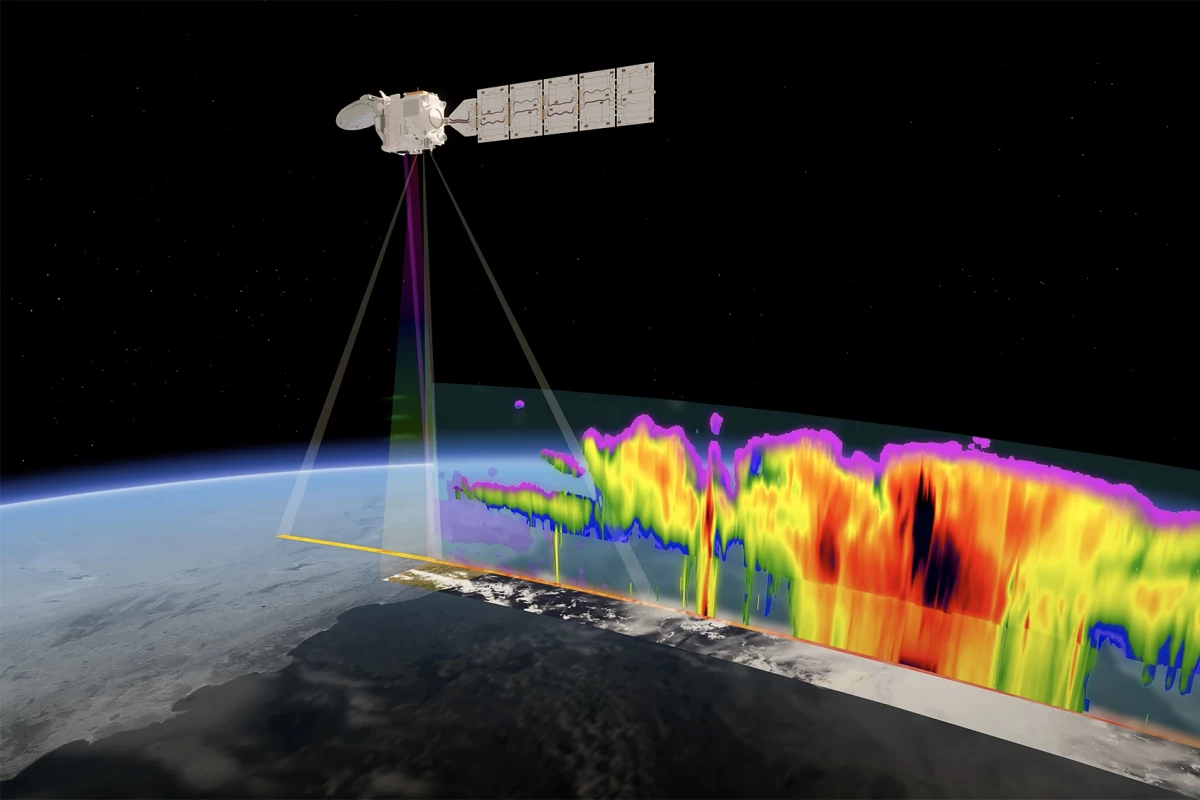Scientists know how clouds form, but not the complex relationship that exists between clouds and the aerosols needed to form them. EarthCARE, which stands for Earth Cloud Aerosol and Radiation Explorer, is set to provide some answers.
EarthCARE, a joint venture between the European Space Agency (ESA) and the Japan Aerospace Exploration Agency (JAXA), will launch on May 28th. It will use a suite of cutting-edge instruments, such as lidar and radar, to better understand the role clouds play in heating and cooling Earth’s atmosphere.
The video below provides an easy-to-understand explanation of how clouds impact our climate and the technology that EarthCARE will use to collect data.
In keeping with the Japanese tradition of nicknaming satellites, JAXA has chosen ‘Hakuryu,’ meaning ‘White Dragon,’ a reflection of EarthCARE’s white body and tail-like solar panel. The fact that 2024 is the Japanese Year of the Dragon (tatsu-doshi), provides an additional layer of auspiciousness.
Scientists will use EarthCARE’s data to study the relationship between clouds, aerosols, and radiation and produce more accurate climate models and forecasts.
The satellite will be launched on a SpaceX Falcon 9 rocket from Vandenberg Space Force Base, California, at 00:20 CEST on May 28th. You can watch the official live broadcast via ESA’s YouTube channel or ESA WebTV.
Source: ESA







